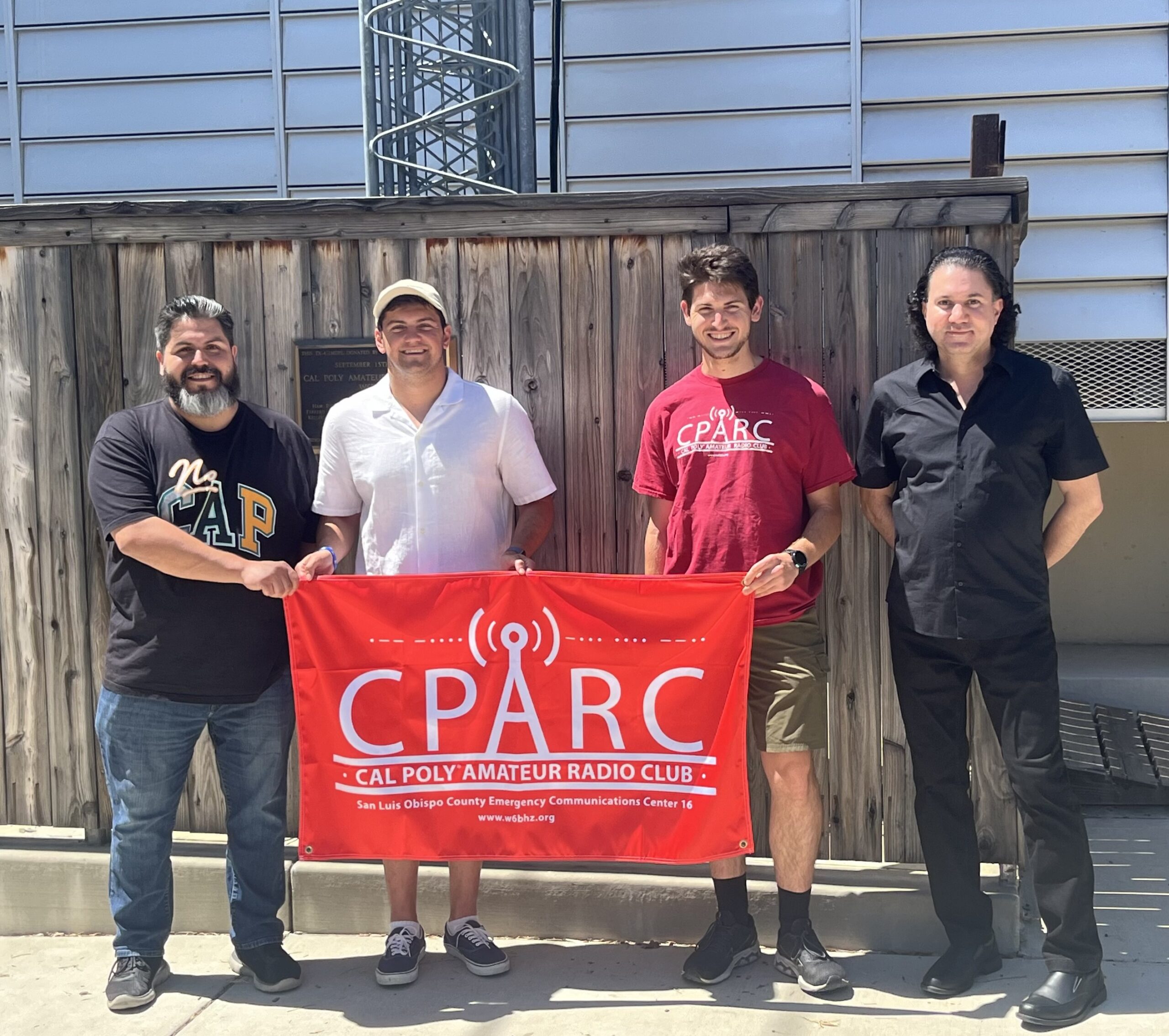Professor Payam Nayeri and his team of electrical engineering students at Cal Poly have embarked on a project that could significantly aid first responders in finding disaster survivors. Their direction-finding system would use amateur radio equipment mounted on aerial platforms to quickly and affordably locate those in need on the ground.
Unlike satellites, the balloon-based system could be deployed immediately and at a much lower cost. However, developing such a system comes with many technical challenges, including ensuring that all the radio signals work together accurately, which is crucial for determining precise locations.
Led by Nayeri, the research team is addressing these obstacles by developing new methods to remotely synchronize and calibrate the radios on aerial platforms. By doing so, they aim to create a reliable and precise system for direction finding.
Their work not only holds promise for improving emergency response but also will provide valuable open-access resources for use worldwide.
“I’m excited about this project and the ones that will follow because they embody the Learn by Doing philosophy,” Nayeri said. “The combination of software and hardware development, full-system integration and experimental studies helps the students think outside the box and also gives them a way to help others, which is something they are passionate about.”
• • •
Amateur Radio Digital Communications, or ARDC, awarded a grant of over $50,000 for the project, which began in January and will continue through June 2025.
The collaboration between Nayeri and the California-based foundation is centered on advancing and fostering amateur radio, also known as ham radio, which involves using radio equipment to communicate over various distances for noncommercial purposes.
“We have a strong history of radio at Cal Poly, and many students are passionate about radio science,” said Nayeri, who first became interested in the field when he learned about electromagnetic waves during his high school physics class at Alborz High School in Iran.
For search-and-rescue volunteers, amateur radio is an ideal tool because it can run independently of traditional communication infrastructure, which may be damaged or overloaded during disasters.
“With our approach, we can achieve direction-finding accuracy within 0.2 degrees. This means rescue crews can be deployed more efficiently and won’t have to search entire areas blindly, significantly impacting emergency scenarios,” Nayeri explained.
The initial test of the system would use three helium balloons, each with a small radio, tethered 5 to 10 meters apart and 20 to 100 meters above the Earth. This test would assess the system’s feasibility and cost-effectiveness. Nayeri hopes to eventually transition to using drones, which, while more expensive, offer greater feasibility and flexibility for deploying the radios in varied and challenging environments.
• • •
Currently, electrical engineering graduate students Ariel Freiman and Mathew Shaham are developing codes and algorithms to ensure the system operates coherently.
Esteban Perez, a fourth-year electrical engineering student, will develop and program a remotely controlled radio to be mounted on the balloons during the upcoming 10-week Summer Undergraduate Research Program.
Freiman, Shaham and Perez gathered outside the Cal Poly Amateur Radio Club on a recent weekday to share about their roles and motivations for joining the project.
One of the project’s key focuses, and a major draw for Shaham, is the use of neural networks to process the directions of arriving radio signals. This approach will mitigate the location uncertainties of balloons, improving the accuracy of direction finding and allowing the system to more precisely locate targets on the ground.
“It’s rewarding to see my work on neural networks contribute to something bigger,” said Shaham, who is also a CPARC member and avid fan of amateur radio.
Perez, reflecting on the broader value of their project, added, “When society fails, amateur radio will still work,” he said. “If communications go down, we will still be able to talk to people on the other side of the world.”
Each team member is enthusiastic about the project’s potential for helping in search-and-rescue operations.
“It’s a novel approach to search and rescue that is both low-cost and low-complexity,” Freiman said. “One of the key benefits is that it doesn’t rely on GPS, making it more versatile and easier to deploy in various situations.”
Two more graduate students will start integrating the hardware and software next year, with a senior project also beginning in the fall. Their research will be shared during CPARC’s regular meetings and posted on ARDC’s website. Nayeri hopes that open access will benefit both practical applications and education.
“This project is just the start of a range of projects related to digital beamforming,” he said. “It’s a fairly new field that has the potential to revolutionize communication science, benefiting telecommunications, radar, and search-and-rescue operations.”
By Emily Slater
About The Noyce School of Applied Computing
The Noyce School of Applied Computing is home to the first interdisciplinary school of its kind at Cal Poly in San Luis Obispo thanks to a transformative $60 million gift from the Robert N. Noyce Trust.
Housed within the College of Engineering, The Noyce School of Applied Computing combines three departments — Electrical Engineering, Computer Science and Software Engineering, and Computer Engineering — with Statistics joining as an affiliate, paving the way for students and faculty using computer principles, concepts and technologies to address real-world problems.


